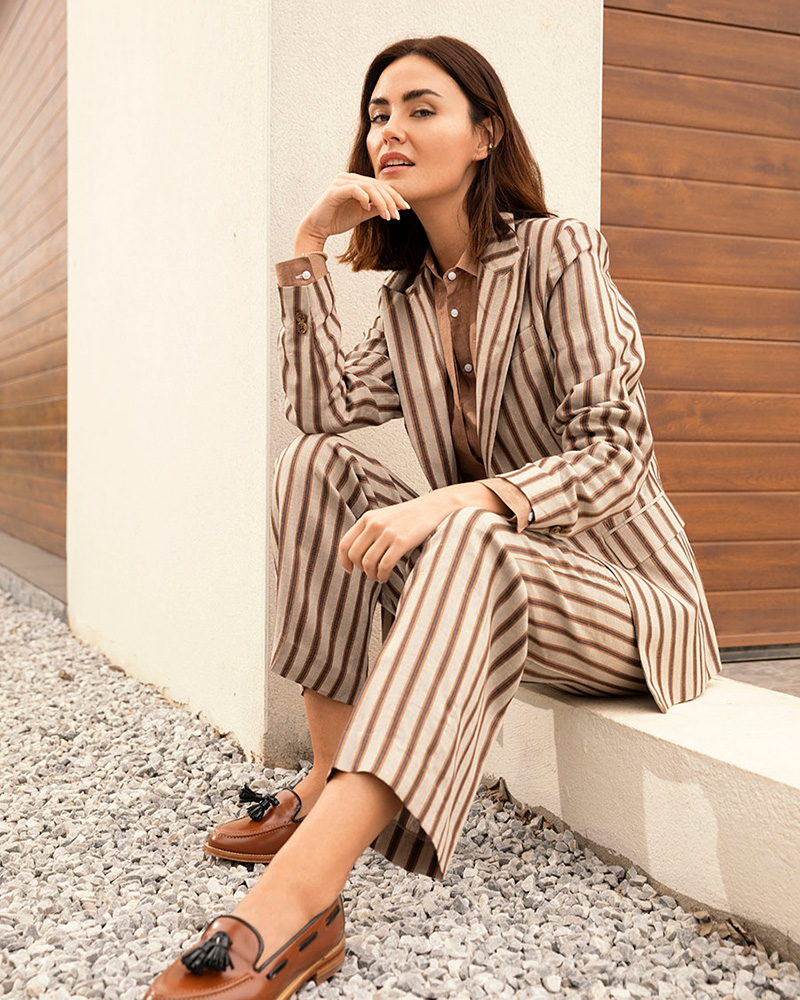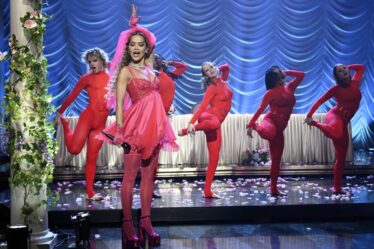
Feeling confident in your looks is not a need for fulfilling social obligations. Simply because looking good makes you happy, you can dress up. However, huge occasions with specific dress requirements are where we put a lot of thought into our attire. The ideal circumstance is when we dress for both reasons: to improve our self-esteem and appear appropriate for the environment.

Nevertheless, determining what is proper might be confusing. Even when the dress code is stated explicitly, the vocabulary can be challenging to understand because it may be implied. That is why we have outlined it for you here. Your dressing matters according to the occasion:
Casual: you don’t have to wear a suit. The wearing of sneakers, jeans, and T-shirts is encouraged.
Dressy-casual: It’s appropriate to dress up, but only slightly. Often, it’s as simple as donning finer shoes, a fancier top, or pants other than blue jeans (though denim is fine with the right kind of shirt — more on that later).
Business attire: You should present yourself professionally when working with clients. Naturally, there are many different options within this area. It might imply a suit, a knee-length skirt, or a blazer and khakis. But it unquestionably means avoiding sneakers and jeans. Women suits are the best choice if you want to look elegant and fashion icons.
Cocktail: Your daily attire should be considerably finer. Try velvet, silk, or satin separates. Suits. If in doubt, dress in black.
Black tie: You should dress formally, such as in a long gown, a fancy cocktail dress, or a tuxedo.
White tie: You ought to dress swanky. The options include tailcoats, floor-length gowns, and possibly white gloves.
How to dress for business for a woman?
If you’ve ever had a job interview, a business meeting, or worked in an office, you understand the difficulty of dressing professionally. Finding the ideal combination of professionalism and flair in business dress nowadays is trickier than ever.

Thanks to our guide to stylish yet appropriate work wear, we can help. These wardrobe suggestions, ranging from chic separates to sharp suits, will infuse you with inspiration for the whole workweek. Here’s how ladies should dress for work.
Choosing between business casual and formal attire:
Formal business clothes and business casual attire are very different. Therefore, it is crucial to know which one you’re dressing for and how to do it effectively. A more informal approach to office attire is known as business casual.
It is frequently used in modern workplaces and “casual Fridays” in more traditional workplaces. Business casual is often used for less modern offices and formal events like client meetings and presentations. Formal business dress is more sophisticated than business casual.
In the Office: Business Casual:
Since you’ll be wearing these clothes all day, it’s crucial to feel comfortable when dressed for the office. As a result, pants are frequently wise because they’re usually more comfortable sitting and moving around than fitted dresses and skirts. You’ll have a better knowledge of what functions for your workplace if you’ve been at your employment for some time. As a result, you can add personality to your wardrobe without being concerned that you’ll look underdressed.
Interview attire for business:
An excellent choice for professional job interviews is business clothing. It gives a sleek, sophisticated appearance that makes a great first impression. Keep your attire classy and appealing to pull off the appearance. A perfect choice is a white shirt, heels, and a slim-fit navy suit. Accessories are also essential to remember. Make sure your jewelry is simple, and wear a structured black handbag. Attempting to match your appearance to the position and workplace you seek is another option.



